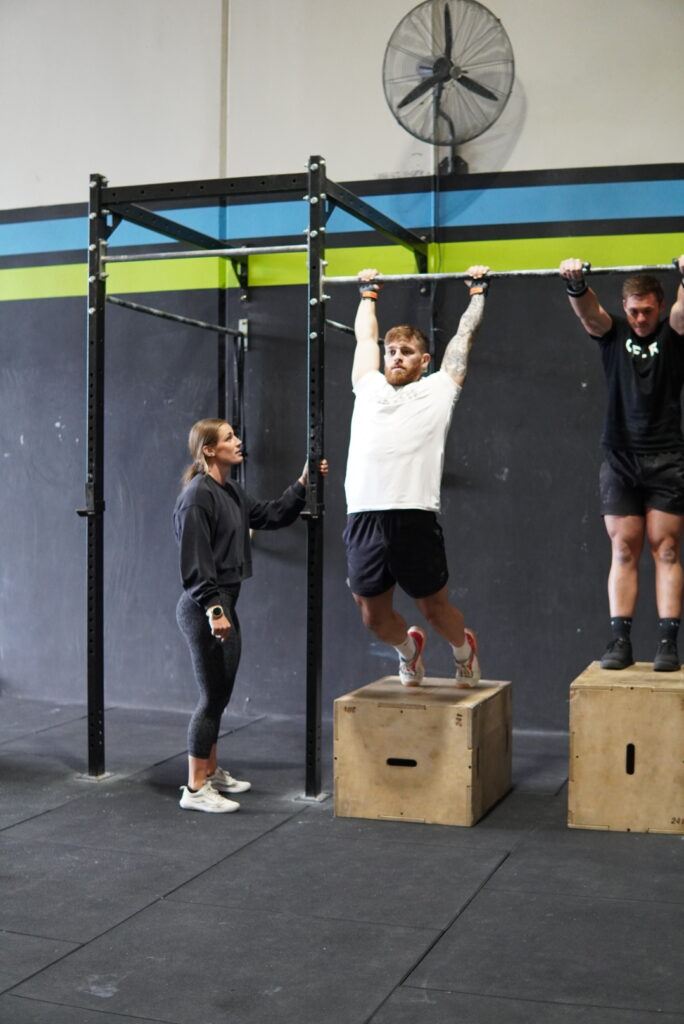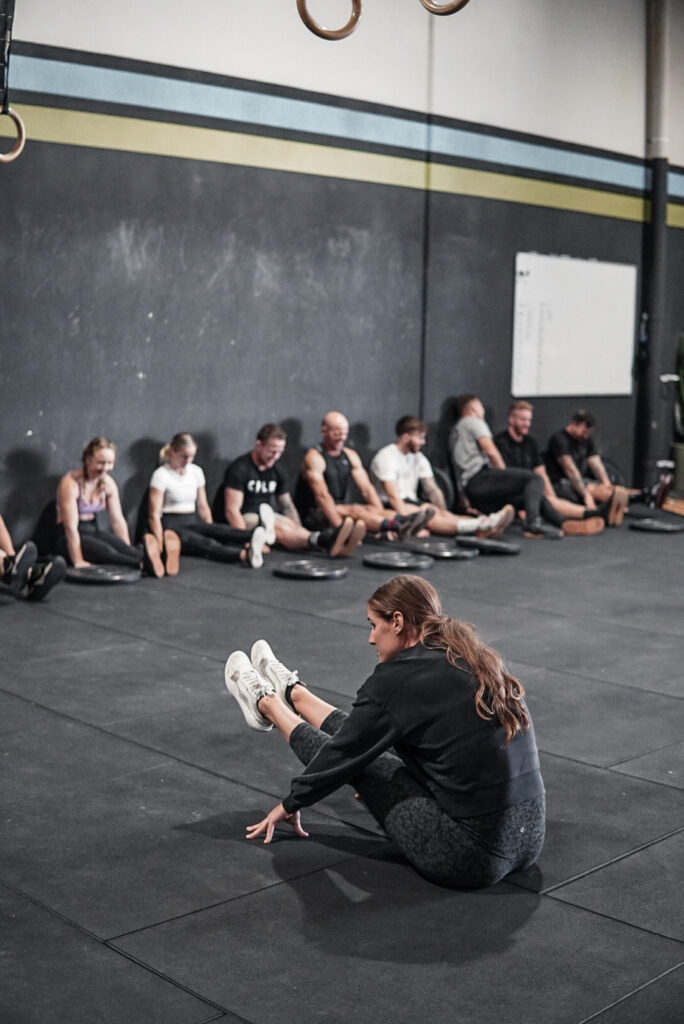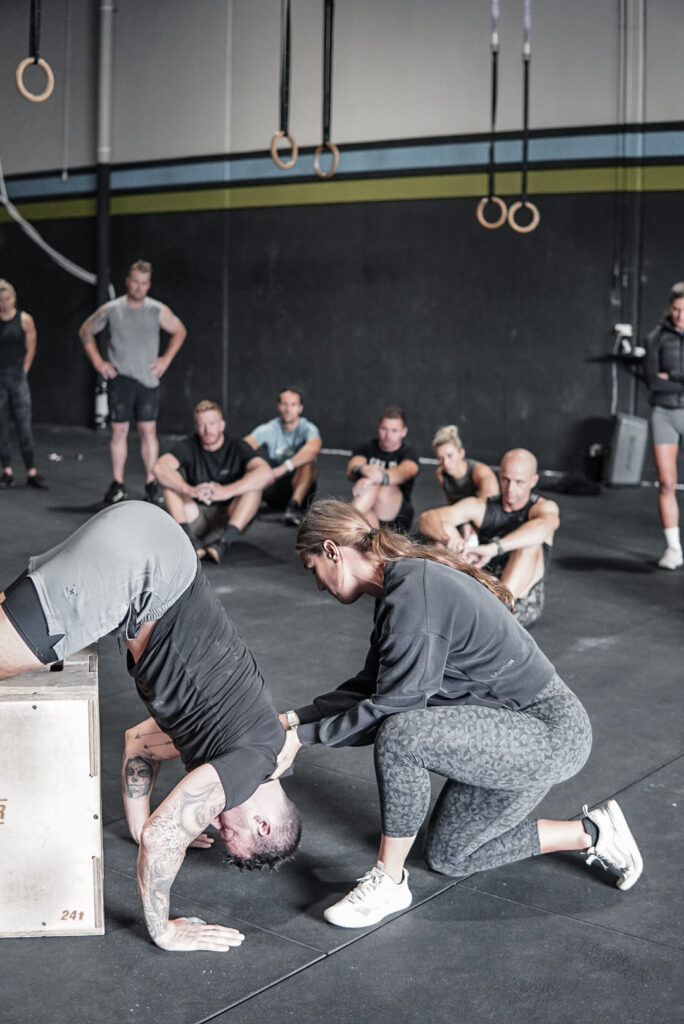CrossFit gets a LOT of flack in the fitness industry… but is there any truth to the criticism?
People either love or hate it: Yup, CrossFit might be the most divisive workout topic.
Let’s talk about some of the most common misconceptions about CrossFit.
CrossFit is cheating

When looking at CrossFit moves like the butterfly pull-up, you know without looking at the comments that there are angry “zero reps” comments.
Here’s the thing: we can’t consider CrossFit cheating when the examinations are completely different. You may look at a pull-up and expect strict pull-up form, but the butterfly pull-up is a skill on its own.
It’s not necessarily easier — someone who can rep strict pull-ups may struggle to do a proper butterfly pull-up because it’s a different skill. People dedicate time and energy to hone in on the technique as it helps to recycle energy and make pull-ups in a circuit workout more efficient.
So, it’s not cheating — it’s just different.
CrossFit is not effective

Again, we need to look at how we measure efficacy in this argument.
Is CrossFit the most effective for lifting as heavy as powerlifters? No, but you can still make significant strength gains through CrossFit.
Is CrossFit the most effective for becoming as big as bodybuilders? Maybe not, but you can still get a seriously muscular through CrossFit.
Is CrossFit the most effective for running as well as marathon runners? No, but you build a solid cardiovascular foundation through CrossFit.
Are you catching the drift? CrossFit can make you a superbly well-rounded athlete. It may appear to not have a distinct specialty, but having multiple focuses is its own unique speciality.
CrossFit is too intense/dangerous/bad for your joints

Yes, CrossFit workouts can be incredibly intense. This is why, like other training styles, you want to vary your workouts.
If you’re worried about the repetitive movements causing pain or discomfort, you can prevent that by doing necessary strengthening and prehab work, pacing yourself accordingly, ensuring proper form, and having sufficient rest — the same as you would do for other workout styles.
If you overttrain with CrossFit, do the same CrossFit workout daily, or use improper form, you could increase your risk of injury — but the same could be said about most training styles.
CrossFit is only for the uber fit

We know CrossFit’s big movements and fancy terminology (WOD, buy in, cash out, Rx…*) can be daunting, but CrossFit welcomes all fitness levels.
You may need to scale the workout according to your abilities, but it’s an encouraging, multi-faceted environment that can help you improve your fitness.
*If you’re curious, here are the definitions:
- WOD: workout of the day
- Buy in: something you must complete before starting the main workout e.g. 1km run
- Cash out: something you must complete before starting the main workout e.g. 1km run
- Rx: as prescribed i.e. doing exactly what your coach has programmed
The bottomline
Does it have shortfalls? Sure. Just like every other workout style. But it’s worth noting that the negative buzz around CrossFit might be misplaced.
Willing to give CrossFit a go? Try Engine or Resilient by Ganbaru coach and CrossFit athlete Harriet Roberts.
Want to work on similar skills without doing circuit-style workouts? Try The Pillar by Ganbaru gymnastics coach Anna Wishnowsky.
Unconvinced and want something completely different? We have over 50 programs covering bodybuilding, powerlifting, calisthenics, flexibility, conditioning, and more.
You can explore all that and more for FREE: enjoy Ganbaru Method’s 7-day free trial here. Need help accessing the trial or have more questions? Email us at support@ganbarumethod.com.
